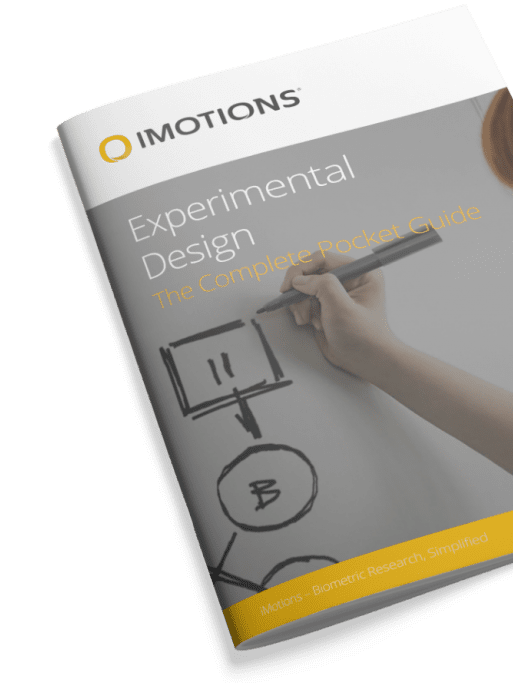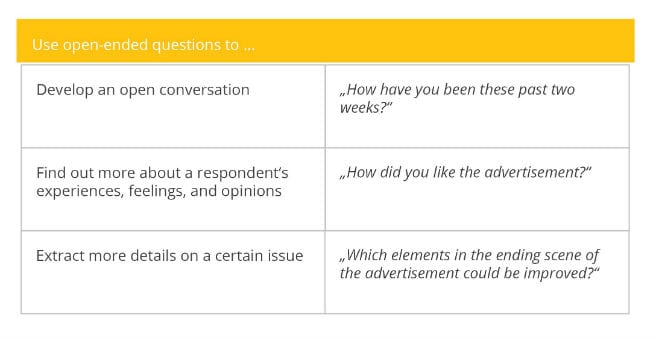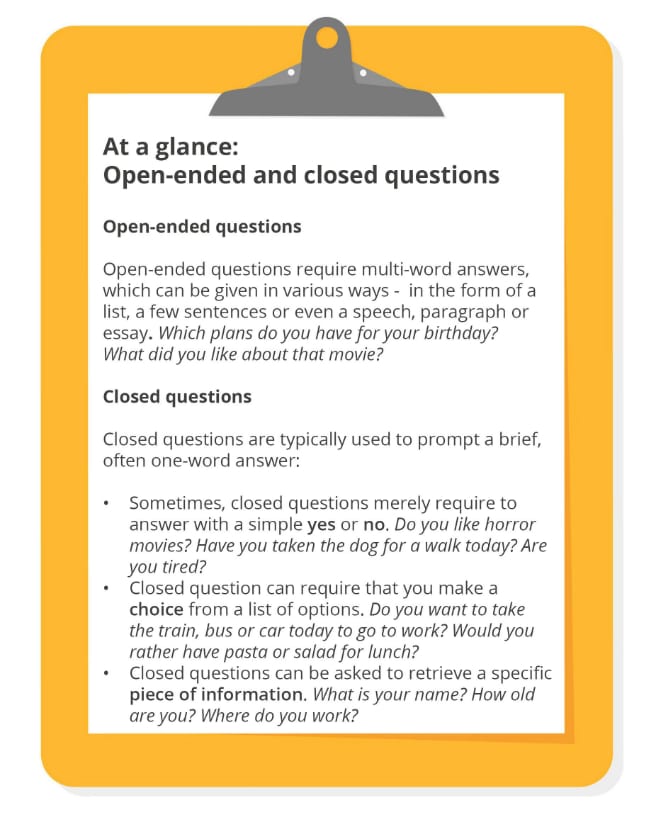Ensure your survey’s success by mastering five essential question types. Learn how to design effective surveys with precision. Optimize your questions to gather valuable insights with accuracy. Master the art of crafting surveys that deliver impactful results.
Table of Contents
If you want to create effective surveys, you need to know how to choose the right question types for your research goals as well as understand how to analyze your survey data. In this article, we will explain the different types of survey questions and how they can help you gather valuable insights from your respondents. We will also share some best practices and examples to help you design your own surveys.
One key factor in conducting a successful survey is the quality and structure of the questions you ask. At the end of the day, well-phrased questions are at the heart of every successful survey – poorly structured survey questions can result in incomplete, biased or unfocused responses, ultimately leading your research to be ineffective.
So what’s the deal with good questionnaire design?
Writing up questions is not only about bringing them on paper somehow. Before thinking about the wording of your questions, you need to decide which question types to select in order to get the most out of your survey.
To phrase it bluntly: If you put the wrong information in, you’ll get the wrong information out – asking the wrong questions will probably get you nowhere … unless you’re happy with answers that you were not quite hoping for.
Questionnaire design is no sorcery. With a few tricks in mind, you will soon get the knack of it. Let’s get your survey design off the ground and jump right into things.
Open-ended and closed questions
There are two categories of questions that are quite the opposite in character and usage:
- open-ended questions
- closed questions
While closed questions can usually be answered with a simple yes/no, a single word or a short, factual answer, open questions often begin with “tell me” or “describe” and typically elicit longer answers.
On balance, it comes down to a couple of characteristics of open-ended and closed questions worth knowing – definitely keep them mind when drafting your survey.
Free 44-page Experimental Design Guide
For Beginners and Intermediates
- Introduction to experimental methods
- Respondent management with groups and populations
- How to set up stimulus selection and arrangement

What are open-ended questions?
Open-ended questions are exploratory in nature and allow the respondent to provide any answer without having to select from pre-selected options. This circumstance offers you the opportunity to gain insights into the diversity of opinions on a topic that you are not aware of or haven’t considered yet.
Questions that are open-ended provide rich qualitative data. On the flipside, they lack the statistical significance that is required for conclusive research.
Nevertheless, open-ended questions are incredibly useful as they:
- require respondents to think and reflect in order to answer
- reveal feelings, emotions, and uncut opinions

What are closed questions?
Closed questions can come in a multitude of forms. Typically, they do not allow to provide unanticipated answers – rather, they offer pre-selected options to choose from. Basically, it’s like being offered spaghetti or pizza for dinner instead of being asked “what would you like to eat?”. You get the idea.
Closed questions can be explicitly useful as they:
- deliver facts
- can be answered easily and rather quickly
Designed to collect data that is simple to quantify, closed questions are conclusive in nature. The fact that questions of this type can be coded quite easily makes them especially useful when trying to validate the statistical significance of survey results.

Closed questions can be divided into a number of different types. Let’s get straight down to the nitty-gritty and have a look at the 5 most common categories of closed questions.
5 smart ways to phrase closed questions
# 1: Categories

# 2: Likert-style scale

Likert scales are generally bipolar, measuring either positive or negative responses to a statement.
Contrary to our example with an odd number of response options, you can also use an even-point scale, where the middle option of “neither/nor” is omitted. This is called a “forced choice” method since the neutral option is removed and respondents are forced to answer either positively or negatively towards the statement.
# 3: Differential scales

Differential scales require contrasting concepts to be placed at the opposite end of the scale (in our example, we used boring vs. thrilling).
Respondents have to decide between these two, marking off their most appropriate number. In contrast to the discrete 10-point reply in our example, differential scales can also be continuous. In that case, respondents can check (or select with a slider) any position between the two extremes.
# 4: Checklists

Checklists are ideal if you already have identified certain categories that you would like to confront respondents with, for example, to check directly if respondents found the ad to be funny or entertaining. Checklists are good alternatives to closed “Yes/No” questions, which can get quite tiring for respondents to answer.
# 5: Ranking

Rankings are perfect to find out about the priorities of your respondents. Maybe all ranked categories/statements apply to your respondents – however, to see which statements are more and which are less appealing, you should allow them to bring them into order.
Have a look at our blog post about questionnaire design to learn how to ask the right questions in the right ways, or reach out to our team at iMotions to get more help on how to exactly phrase questions that will let your survey shine!
Free 44-page Experimental Design Guide
For Beginners and Intermediates
- Introduction to experimental methods
- Respondent management with groups and populations
- How to set up stimulus selection and arrangement












